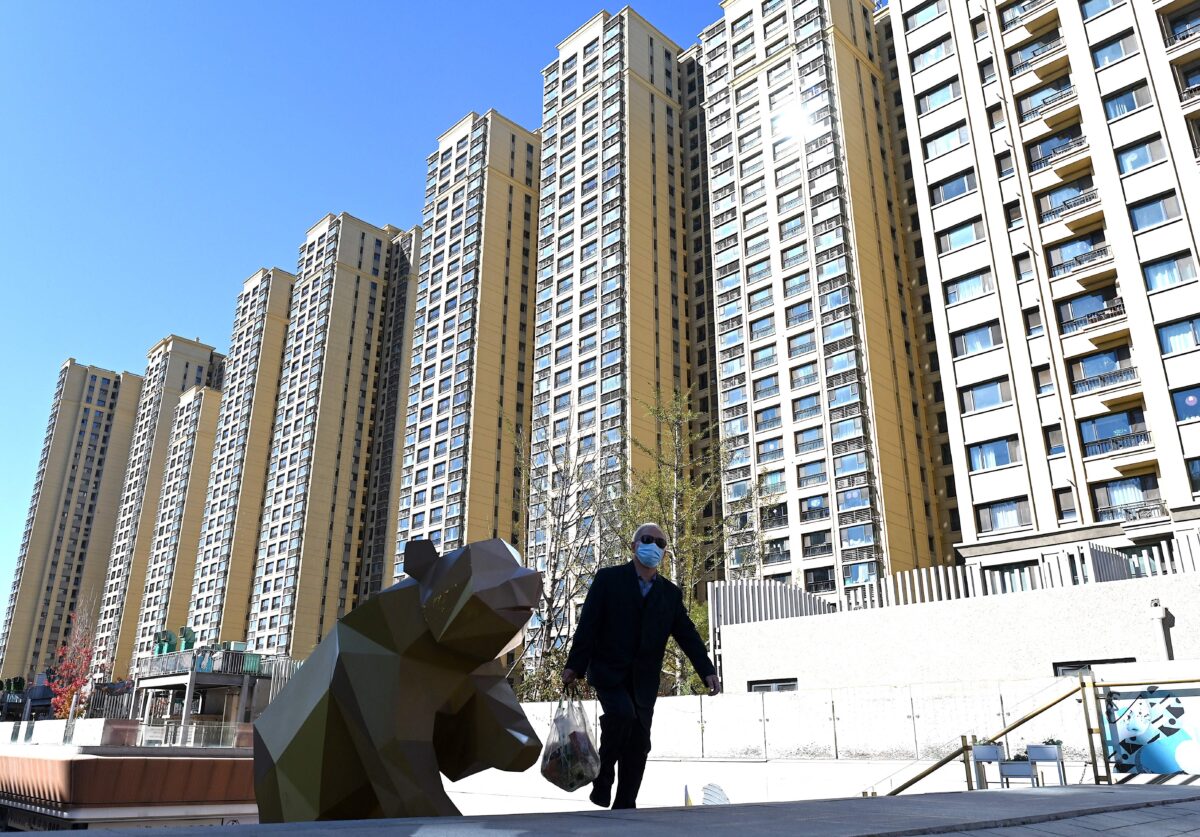
News Analysis
After a disappointing couple of months, China鈥檚 economy improved modestly in November. It seems that the worst of the energy shortfall had lifted, allowing some catch-up last month.
Beneath these kinds of month-to-month variation, however, China鈥檚 economic and financial fundamentals suggest a slower growth profile for some time to come. Chinese leader Xi Jinping seems to recognize this reality. Perhaps in an effort to put a good face on a painful reality, he has begun to talk less about growth than quality of life and environmental concerns. However, Beijing chooses to color economic reality鈥攕lower growth is in China鈥檚 future.
According to preliminary figures, Chinese manufacturing showed a slight upward movement in November after two months of modest declines. Purchasing Managers Index (PMI) came in at a level of 50.1, just a hair above the 50-point mark that distinguishes growth from decline. non-manufacturing index showed growth even during the drop in manufacturing. In November, it dipped slightly to 52.3, still expansion, from 52.4 in October.
Exports edged down in November, less because of problems, the statistics ministry explained, than because China had already fulfilled most of the holiday orders from the West. Imports accelerated, largely because China has had to bring in a lot of overseas coal and oil to supplement domestic energy supplies and its regular energy imports. Consumer spending seems to have held up. October, the most recent month for which data are available, came in about 5 percent over year-ago levels. Capital spending by business has also held up, with October showing about 6.1 percent growth over year-ago levels. Even the best of this is well short of historic growth rates and certainly the way things looked last spring when statistics recorded double-digit percent growth comparisons to year-ago levels.
Aside from the immediate effects of energy shortages, part of the growth slowdown stems from the legacy of past planning mistakes. se problems came into dramatic light with the default of the property developer, Evergrande, but the matter is much larger than this one, albeit huge company. China鈥檚 rapid growth for years encouraged all sorts of businesses to go into debt to take advantage of the opportunities implicit in that rapid development. Any change was bound to create financial problems, which has become evident with Evergrande. aggressiveness of Evergrande and others, though unsurprising, has left a legacy of unsupportable debt that complicates growth prospects.
But there is more to this story. In China鈥檚 still very centralized and planned economy, business has frequently followed government guidance. And that guidance has often prompted development in ways not entirely consistent with the preferences of consumers and other buyers. Recent reports that China鈥檚 housing stock is 20 percent unoccupied sets this problem in sharp relief. Such misallocations of resources have added to China鈥檚 overhang of unsupportable debt. Now Beijing is trying to work out these mistakes, but even under the best of circumstances the legacy of these errors will remain for some time and hold back growth prospects accordingly.

Even if China had managed to avoid such problems, its relatively advanced stage of development would slow the pace of growth, certainly compared to the past. When an underdeveloped economy, such as China鈥檚 was for a long time, begins to emerge, targets for investment and development are obvious. Roads鈥攔ail or paved鈥攅ffectively connect villages, towns, and cities for the first time and, in so doing, tremendously enlarge commercial opportunities and make production more efficient. construction of ports鈥攁ir and sea鈥攆osters commerce, creates jobs, and accordingly enhances the pace of growth. Outside investors take advantage of low wages, as China鈥檚 were, and create still more jobs as they build factories and warehouses. economy鈥檚 metabolism picks up as do growth prospects.
But after development has taken advantage of these obvious opportunities, as has been done in China, what to do next becomes harder to discern. Meanwhile, further improvements, though helpful, have less effect. A first road between the two towns does wonders for growth. Widening it improves matters but not nearly so much as the original road did. se differences explain why developed economies grow at slower paces on average than emerging economies. China has moved from the first, fast-growth stage to the slower developed stage.
Chinese demographics also seem poised to slow the pace of economic expansion. When Chinese development took off in the late 1970s, China had a youthful, eager, and well-disciplined workforce with which to get the most out of the kind of investment just described. But from the start, Beijing promulgated a one-child policy for families. Initially, the paucity of babies enhanced growth prospects by freeing young adults for work. But after all this time, low birth rates have created a paucity of young workers to take the place of the original eager young workers who are now retiring.
Though arcane demographic statistics have no place in an article of this sort, it’s suffice to say that China now faces an outright decline in the size of its workforce just when an outsized retired population will strain the economy. Together these realities will also detract from the economy鈥檚 ability to expand rapidly, though as with all things demographic, the effect will come on only gradually.
It is not altogether clear whether Xi or his colleagues in Beijing are aware of all these considerations. On at least one point, the betting is that they are. China has liberalized the one-child policy. Of course, even if birth rates were to pick up suddenly, which they seem not to be doing, it will take 18 to 20 years for any additional births to affect the nation鈥檚 labor supply. For these other growth considerations, it is not apparent what China can do much to mitigate the growth impediments they impose.
Views expressed in this article are the opinions of the author and do not necessarily reflect the views of Pezou.
Pezou : China鈥檚 Growth Picks Up Marginally in November